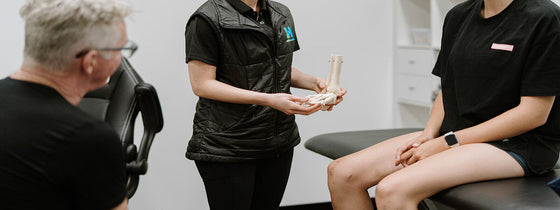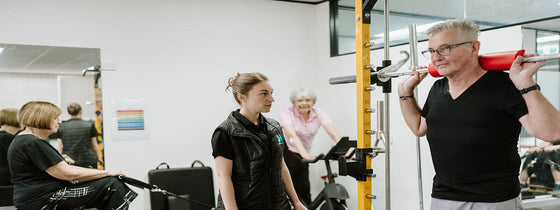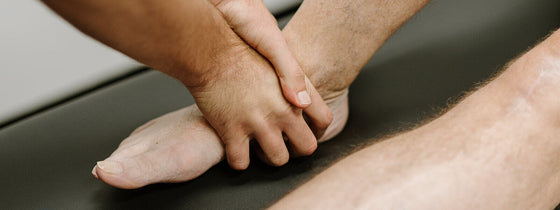There is often a lot of misconception about the role of resistance training in middle- to long-distance runners. Previously, there has been opinions that this type of training isn’t functional for runners, or that it could potentially increase strength of the bigger/larger muscle groups and in turn will “weaken” the smaller stabilising muscles required for distance running. However, there is very limited evidence to support these theories.
So what effect can resistance training have on your running? It has been shown to improve running economy, meaning your body is more efficient at producing energy with every step. In turn this translates into improved performance and faster times. For the ‘weekend warrior’ who is not so concerned with their times but more for the joy of the run, there are also benefits. Strength training has a significant role in injury rehabilitation. And whilst the evidence is unclear what role strength training has on injury prevention, anecdotally it makes sense that the stronger you are in particular muscles groups, the less likely you are to overload your body and joints.
So how does resistance training work fit in with a runner’s normal training program? Just as with any new form of exercise, there should be a gradual increase in load and volume. If you have any recent or current injuries, it is best done under the guidance and supervision of a skilled trainer therapist who has experience working with running injuries. Resistance training may come in the form of free weights, resistance bands, weights machines or work on reformers or other Pilates equipment. But there are some basic principles that need to be followed:
So, if you are looking to improve you running performance and results, or are recovering from an injury, reach out to expert physios at OHL for some advice. They can assess your individual needs and help you get started on a resistance training program, or ask about joining one of our group physiotherapy classes today! Happy running!

If you're experiencing back or neck pain with neurological signs and symptoms, a thorough neurological examination is crucial for accurate assessment and effective treatment. In this Optimal Tip learn more about what we mean by completing a neurological exam!

Squats, deadlifts, and calf raises are key movement patterns that should be part of every strength and conditioning program—regardless of age and activity level. These functional movements support joint health, improve posture and balance, and reduce the risk of injury while building strength where it matters most.

A ganglion cyst is a fluid-filled swelling that typically forms over a joint or tendon sheath, causing discomfort and pain, especially when pressing against nerves or joints. Proper assessment and treatment, including physiotherapy, are essential for managing symptoms and improving function in the presence of a ganglion in your hand, foot, or wrist.